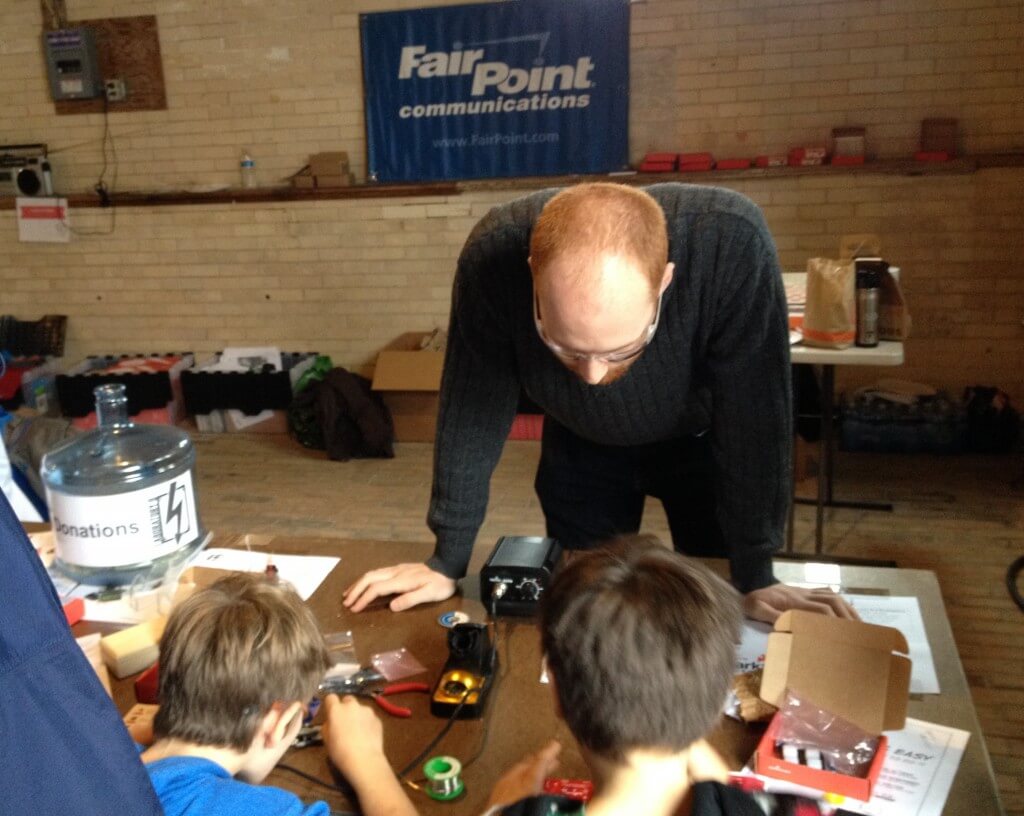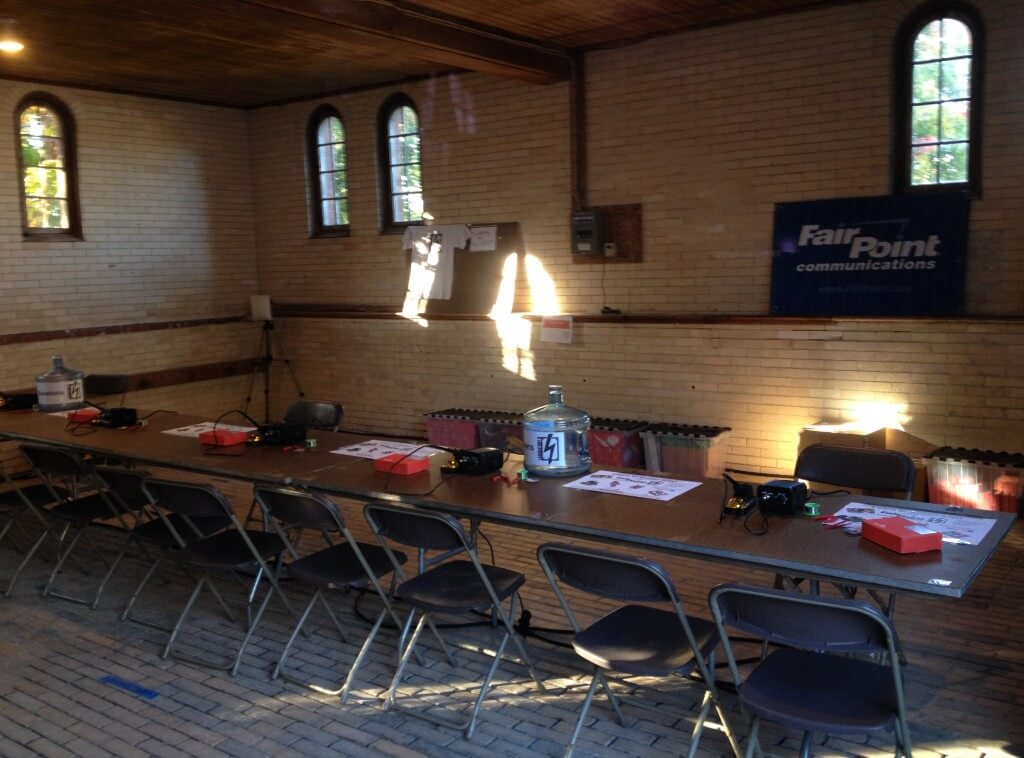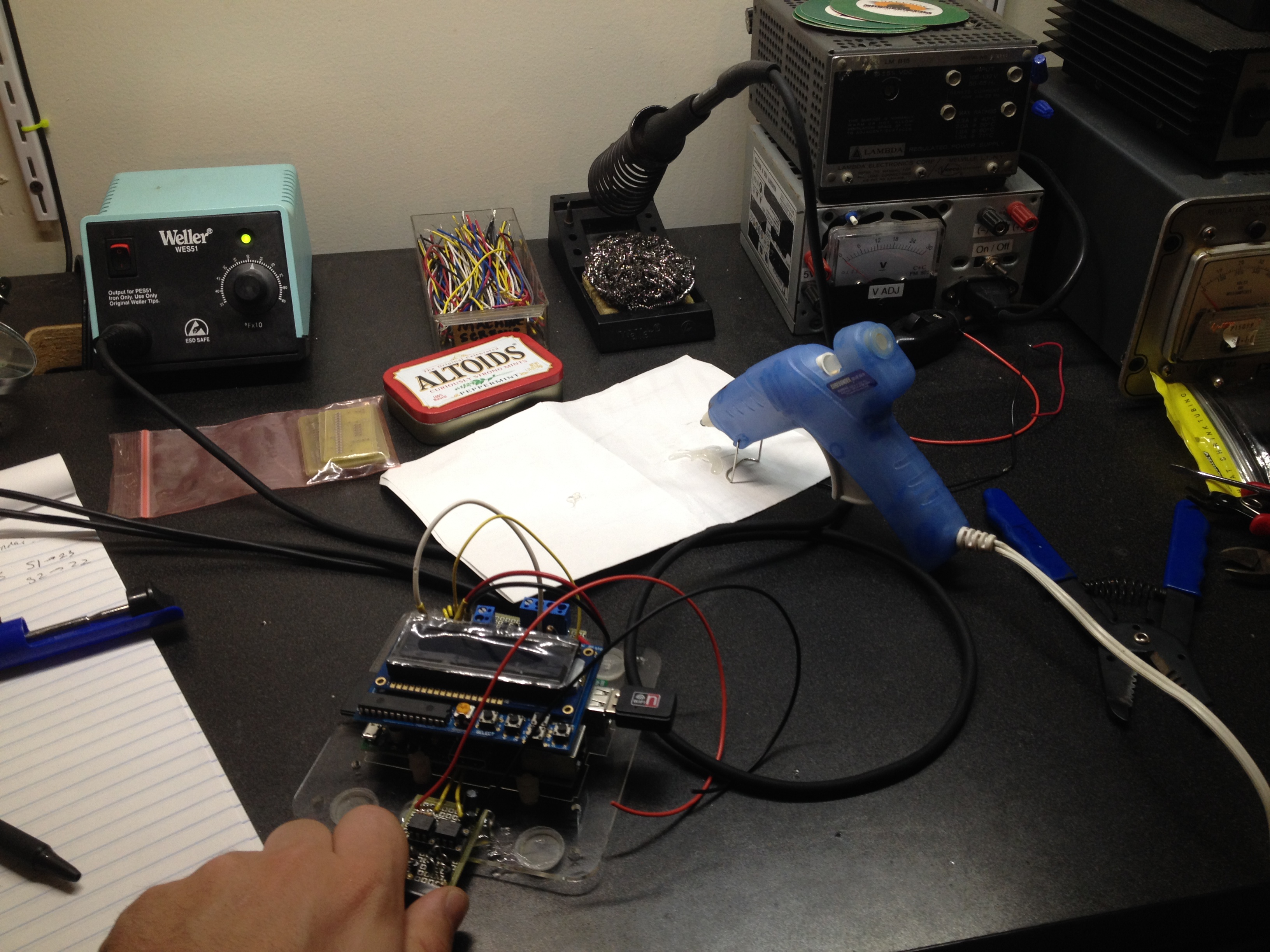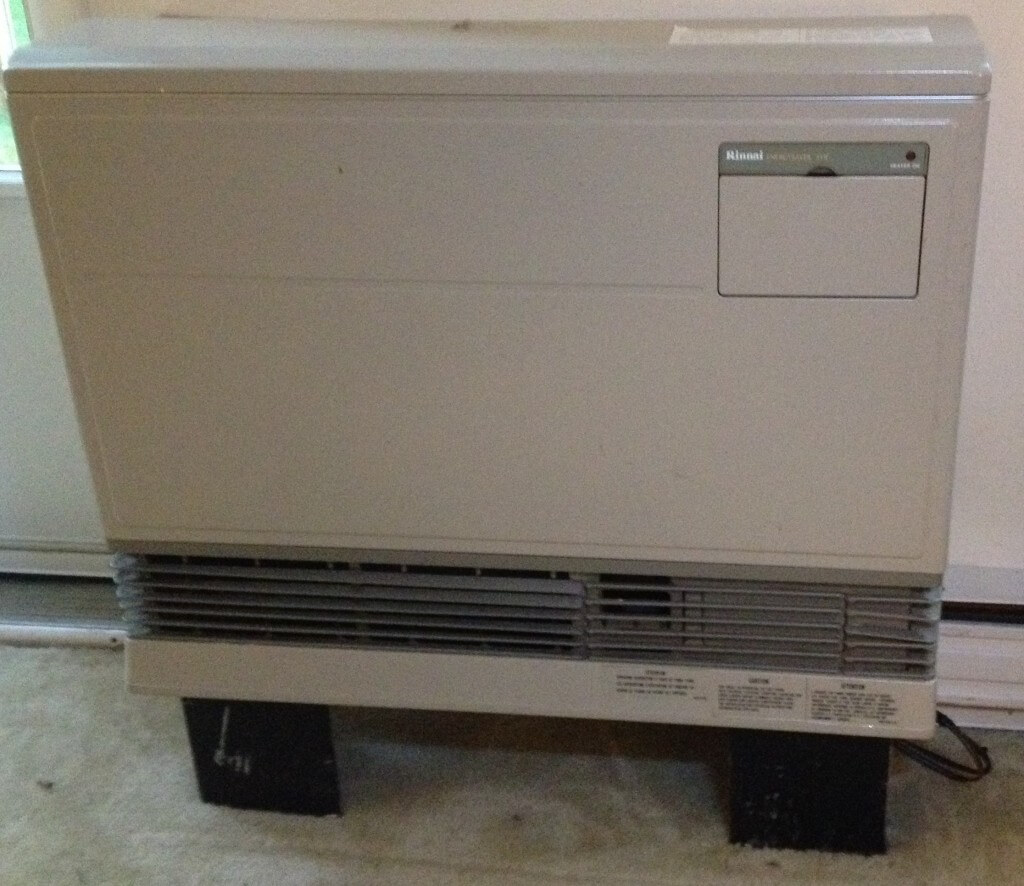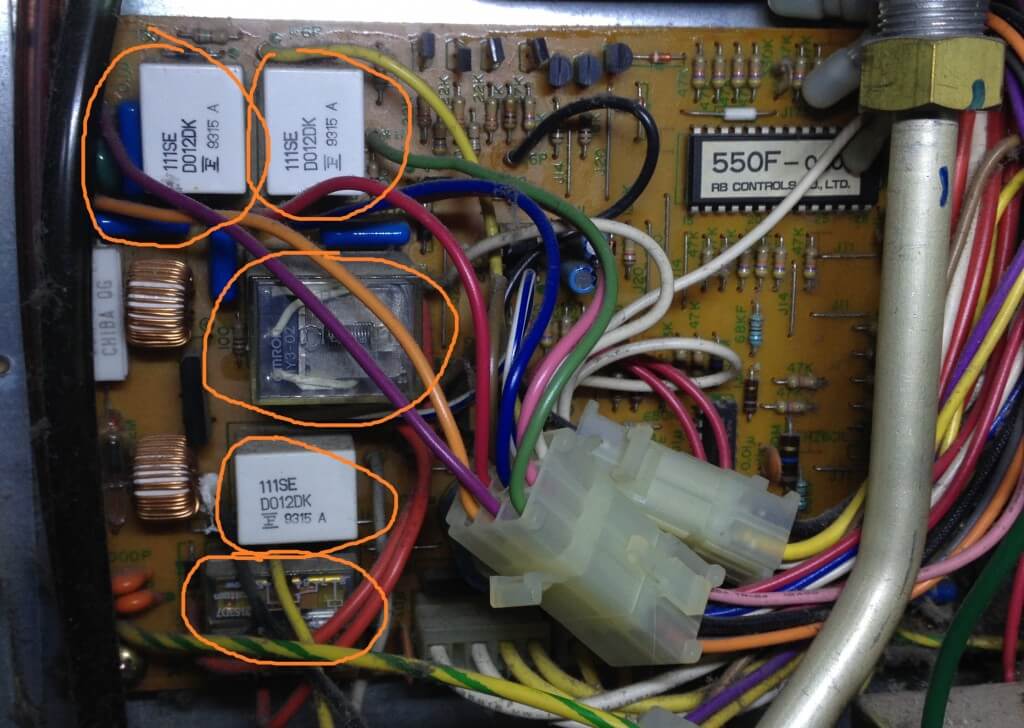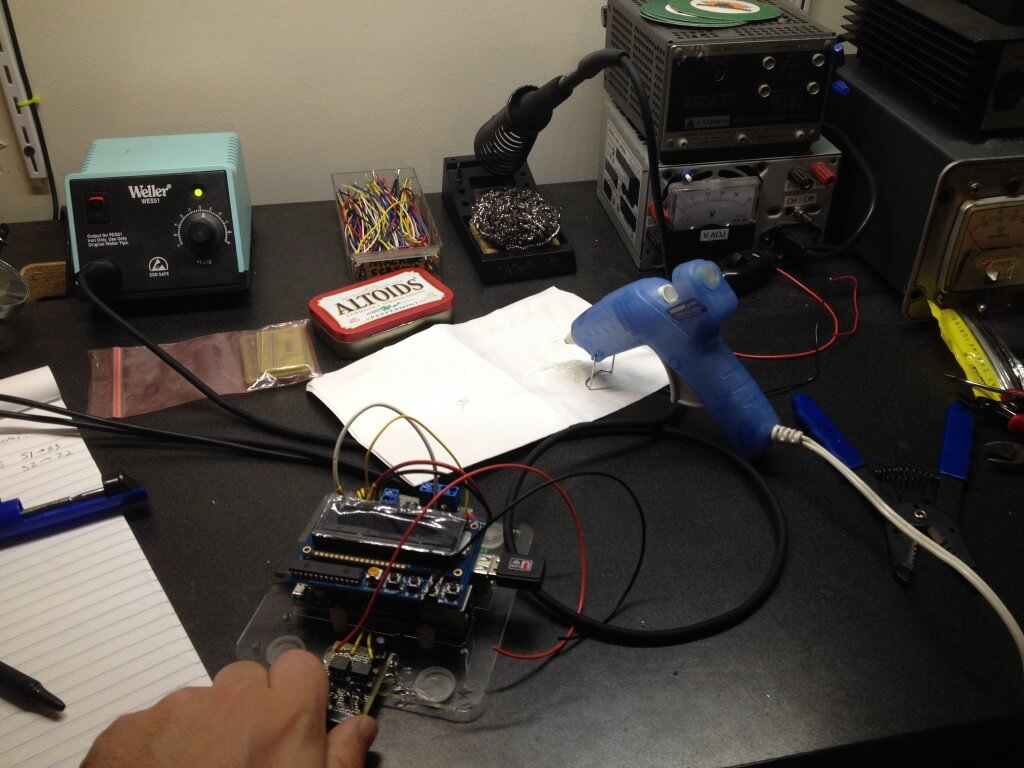Ever wondered exactly what those black helicopters are up to? Thanks to a federal law called the Freedom of Information Act (FOIA), you can find out!
At the FOIA party, we’ll get together, brainstorm ideas, teach the basics, and discuss techniques for getting the information you’re after. Bring your most burning government questions (local, state, or federal), and we’ll make sure everyone leaves with at least one request under their belt.
The “Intro to FOIA” presentation by Brian Waters will start at 7:15 and run approximately 30 minutes, including Q&A.
Following the presentation, there will be a workshop session in which attendees will file their first FOIA requests, so, if you are interested in doing so, bring along a laptop!


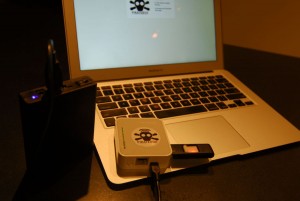 During this quick 4 hour class students will learn how to build a Pirate Box. This class will guide students through the process of converting a plain TP-Link MR3020 and USB thumb drive into a Pirate Box.
During this quick 4 hour class students will learn how to build a Pirate Box. This class will guide students through the process of converting a plain TP-Link MR3020 and USB thumb drive into a Pirate Box.
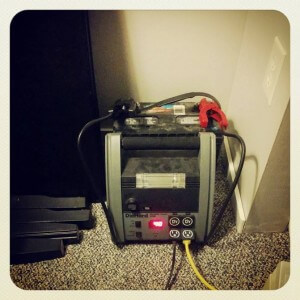
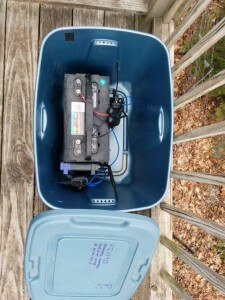 attery (approx $10/ea)
attery (approx $10/ea)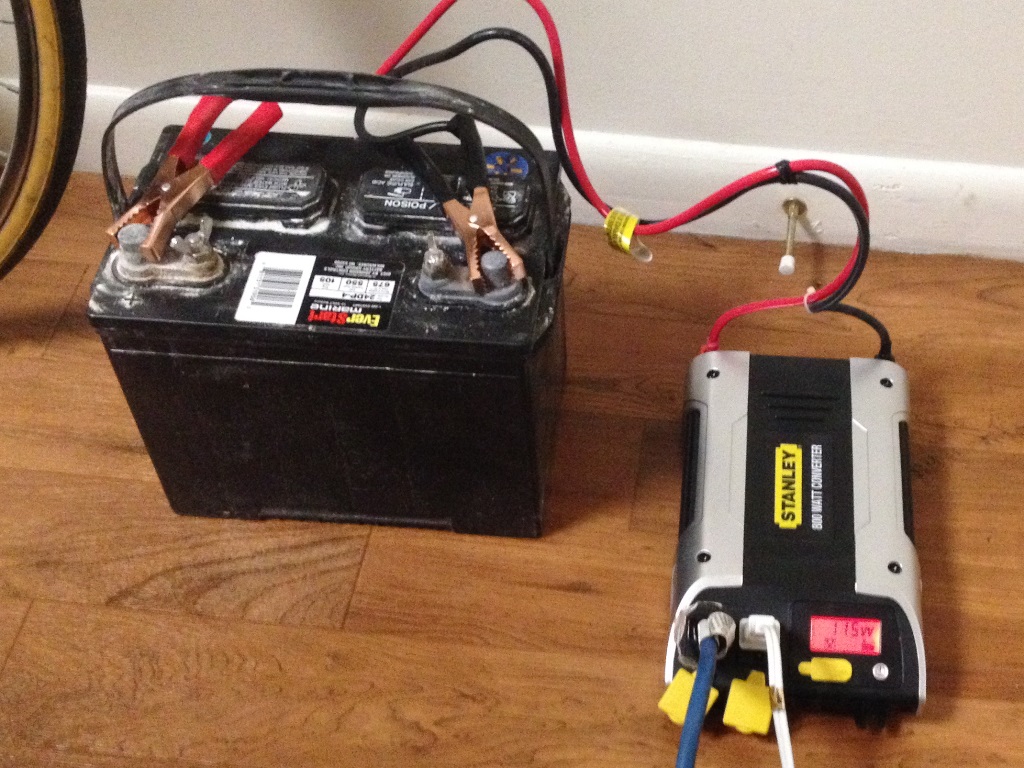
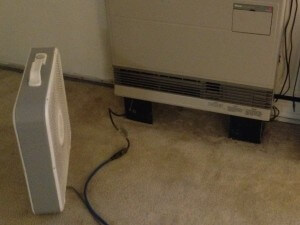



![show_graph_2014-10-11.cgi_[1]](https://www.laboratoryb.org/wp-content/uploads/2014/10/show_graph_2014-10-11.cgi_1-300x225.png)
![Photo-Oct-14-15-20-27[1]](https://www.laboratoryb.org/wp-content/uploads/2014/10/Photo-Oct-14-15-20-271-180x300.jpg)
![show_graph_2014-10-13.cgi_[1]](https://www.laboratoryb.org/wp-content/uploads/2014/10/show_graph_2014-10-13.cgi_1-300x225.png)
